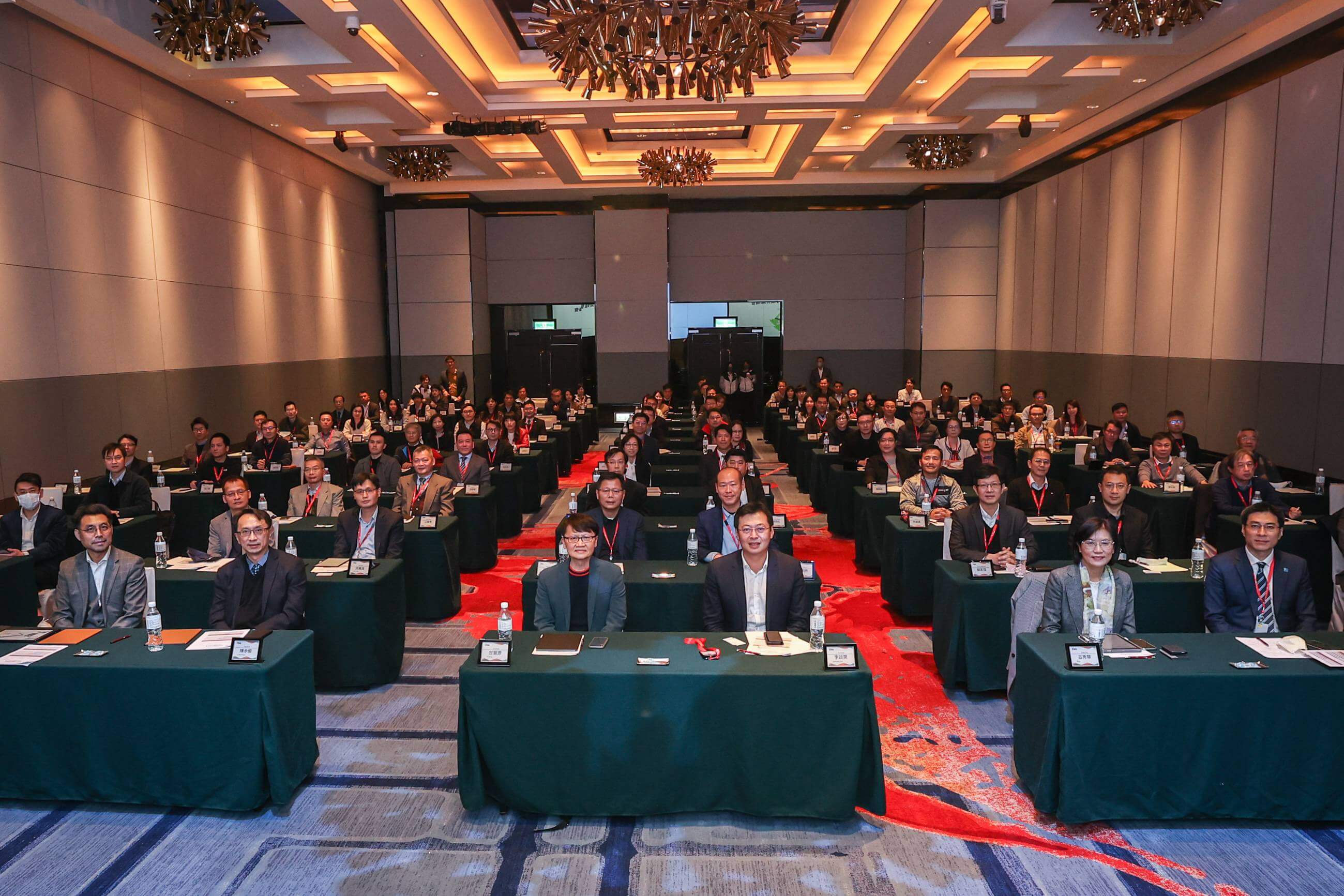Suppliers recognize that in addition to minimizing the incidence of work-related injury and illness, a safe and healthy work environment enhances the quality of products and services, consistency of production and worker retention and morale. Suppliers also recognize that ongoing worker input and education is essential to identifying and solving health and safety issues in the workplace. Recognized management systems such as ISO 45001 and ILO Guidelines on Occupational Safety and Health were used as references in preparing the Code and may be useful sources of additional information.
The health and safety standards are,
1. Occupational Safety
Worker potential for exposure to health and safety hazards (e.g., chemical, electrical and other energy sources, fire, vehicles, and fall hazards) are to be identified and assessed, mitigated using the Hierarchy of Controls, which includes eliminating the hazard, substituting processes or materials, controlling through proper design, implementing engineering and administrative controls, preventative maintenance and safe work procedures (including lockout/ tagout), and providing ongoing occupational health and safety training. Where hazards cannot be adequately controlled by these means, workers are to be provided with appropriate, well-maintained, personal protective equipment and educational materials about risks to them associated with these hazards. Reasonable steps must also be taken to remove pregnant women/nursing mothers from working condition with high hazards, remove or reduce any workplace health and safety risks to pregnant women and nursing mothers, including those associated with their work assignments, and provide reasonable accommodations for nursing mothers.
2. Emergency Preparedness
Potential emergency situations and events are to be identified and assessed, and their impact minimized by implementing emergency plans and response procedures including: emergency reporting, employee notification and evacuation procedures, worker training and drills. Emergency drills must be executed at least annually or as required by local law, whichever is more stringent. Emergency plans should also include appropriate fire detection and suppression equipment, clear and unobstructed egress, adequate exit facilities, contact information for emergency responders, and recovery plans. Such plans and procedures shall focus on minimizing harm to life, the environment and property.
3. Occupational Injury and Illness
Procedures and systems are to be in place to prevent, manage, track and report occupational injury and illness, including provisions to encourage worker reporting, classify and record injury and illness cases, provide necessary medical treatment assistance; investigate cases and implement corrective actions to eliminate their causes; and facilitate return of workers to work.
4. Industrial Hygiene
Worker exposure to chemical, biological and physical agents is to be identified, evaluated, and controlled according to the hierarchy of controls. If any potential hazards were identified, suppliers shall look for opportunities to eliminate and/or reduce the potential hazards. If elimination or reduction of the hazards is not feasible, potential hazards are to be controlled through proper design, engineering and administrative controls. When hazards cannot be adequately controlled by such means, workers are to be provided with and use appropriate, well-maintained, personal protective equipment free of charge. Protective programs shall be ongoing and include educational materials about the risks associated with these hazards.
5. Physically Demanding Work
Worker exposure to the hazards of physically demanding tasks, including manual material handling and heavy or repetitive lifting, prolonged standing and highly repetitive or forceful assembly tasks is to be identified, evaluated and controlled.
6. Machine Safeguarding
Production and other machinery shall be evaluated for safety hazards. Physical guards, interlocks and barriers are to be provided and properly maintained where machinery presents an injury hazard to workers.
7. Sanitation, Food, and Housing
Workers are to be provided with ready access to clean toilet facilities, potable water and sanitary food preparation, storage, and eating facilities. Worker dormitories provided by the supplier or a labor agent are to be maintained to be clean and safe, and provided with appropriate emergency egress, hot water for bathing and showering, adequate lighting and heat and ventilation, individually secured accommodations for storing personal and valuable items, and reasonable personal space along with reasonable entry and exit privileges. For infectious diseases, supplier shall develop and implement a program to take reasonable steps to prepare for, prevent, and respond to the potential for an infectious disease among its employees.
8. Health and Safety Communication
Supplier shall provide workers with appropriate workplace health and safety information and training in the language of the worker or in a language the worker can understand for all identified workplace hazards that workers are exposed to, including but not limited to mechanical, electrical, chemical, fire, and physical hazards. Health and safety related information shall be clearly posted in the facility or placed in a location identifiable and accessible by workers. Training is provided to all workers prior to the beginning of work and regularly thereafter. Workers shall be encouraged to raise any health and safety concerns without retaliation.
9. Natural Disaster Risk Mitigation
Supplier shall be aware of the natural disasters, such as earthquakes, droughts, floods, typhoons, etc. relevant to its facilities, and assess their likelihood and impact of personnel injury, property damage, and operational disruptions. The risks should be mitigated through establishing hardware protection, developing emergency response procedures, training and drills, and conducting emergency plans.

